Maximize Your Analytics with GA4 Custom Dimensions: An Easy and Effective Guide

Table of Contents
ToggleGoogle Analytics 4 (GA4) introduces a more flexible and comprehensive approach to data analytics through GA4 Custom Dimensions. Unlike Google reserved dimensions, GA4 Custom Dimensions allow businesses to tailor their data collection to specific needs, providing deeper insights into user behavior and preferences.
GA4 Custom Dimensions: Definitions
Definition and Purpose: GA4 Custom Dimensions are user-defined metrics that track and analyze data unique to an organization’s needs. They are instrumental in capturing specific data points that standard dimensions do not cover.
By enabling more granular tracking, these custom dimensions open avenues for deeper analysis and insights that are closely aligned with specific business goals and strategies.
Scopes of Custom Dimensions: GA4 offers several scopes of Custom Dimensions. Each type serves a different analytical purpose, allowing for a versatile approach to data analysis:
- User-Scope Dimensions: These dimensions provide insights into long-term user behavior.
By tracking user interactions over time, user-scope dimensions help in understanding loyalty patterns, user preferences, and the effectiveness of long-term engagement strategies. They are key to building a comprehensive user profile.
- Event-Scope Dimensions: Event-scope dimensions focus on tracking interactions within a specific session.
This scope is instrumental in analyzing user actions like clicks, page views, or interactions with a specific feature on your website or app. Understanding these interactions on an event level offers valuable insights into user engagement and the effectiveness of your site or app’s design and functionality.
- Item-Scope Dimensions: Crucial for e-commerce analysis, item-scope dimensions track details related to items in transactions.
This can include product categories, brands, or even specific product attributes. For e-commerce businesses, these dimensions are invaluable in understanding purchasing behavior, product performance, and inventory management.
Setting Up GA4 Custom Dimensions: A Practical Guide
Setting up GA4 Custom Dimensions is an important step in customizing your analytics to better suit your business needs. This section provides a practical guide to help you navigate this process with ease.
Step-by-Step Configuration: The process begins in the GA4 interface. Here, you’ll need to create new custom dimensions, a task that involves selecting the appropriate scope and defining the dimension itself.
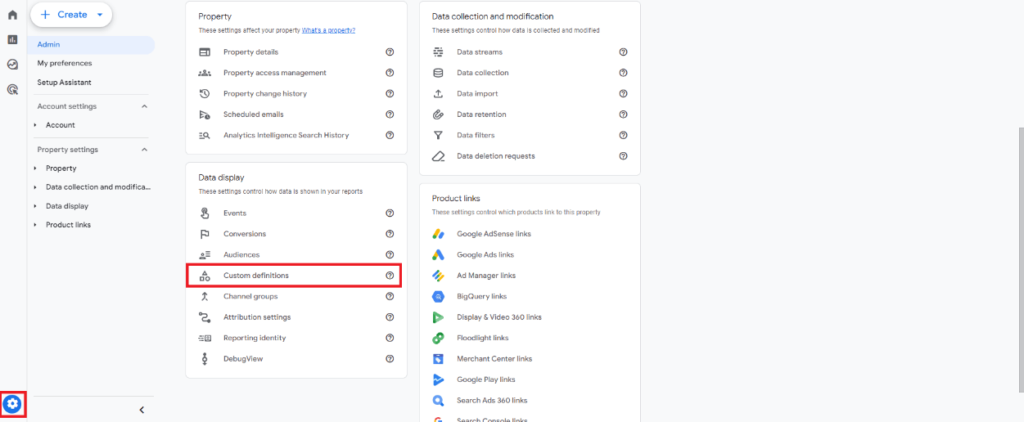
Enter the Dimension Name, Optionally, add a description, and for the scope, select your custom dimension scope whether it is user, event, or item. As mentioned above

After creation, these custom dimensions must be implemented in your data collection process. This involves updating your tracking code or configuration to ensure that the new dimensions start collecting the specific data you are interested in. The implementation can vary depending on the tools you use for tracking and data collection.
For those utilizing Google Tag Manager (GTM), this means updating your tags and triggers to include the new custom dimensions. GTM offers a flexible and user-friendly interface to manage this process.
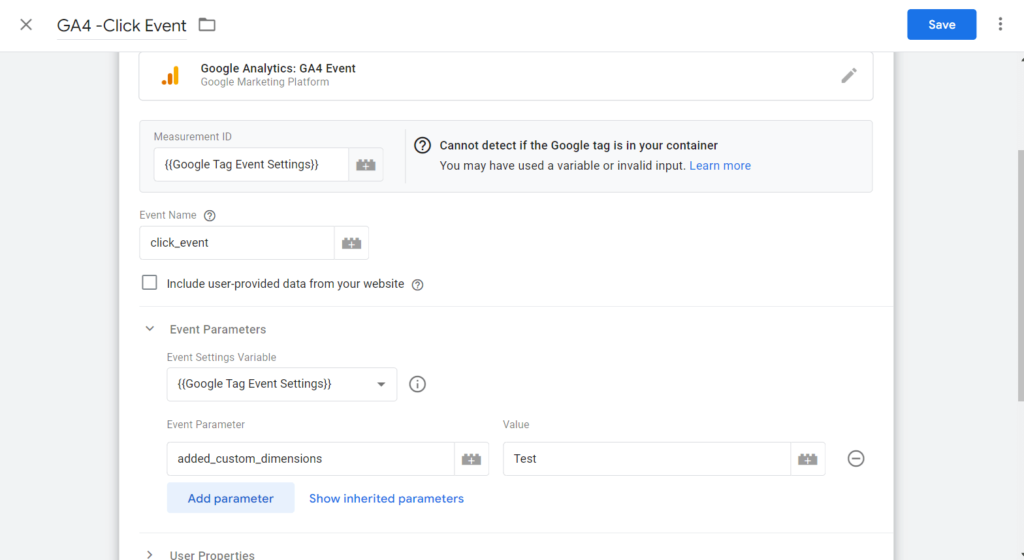
If you’re using Google’s global site tag (gtag.js), you’ll need to modify the gtag configuration on your website to capture the custom dimension data.
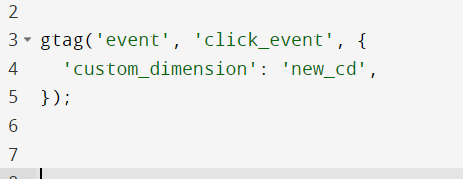
In scenarios where another tag management tool is in use, similar steps would be followed to ensure these tools are configured to collect data for the newly created dimensions.
Best Practices: A key to success with GA4 Custom Dimensions is in their planning and definition. Each dimension should have a clearly defined scope and purpose, aligned with specific business objectives.
This alignment ensures that the data collected will be relevant and actionable, providing insights that can directly influence business strategies.
Common Mistakes: One frequent mistake in setting up custom dimensions is over-creation, leading to redundant data collection.
This not only clutters your reports but also dilutes the potential insights from more valuable dimensions. It’s essential to be selective and strategic about the dimensions you create to ensure your analytics remain focused and effective.
Collecting Data with GA4 Custom Dimensions
Once GA4 Custom Dimensions are set up, the next critical phase is the collection of data. This section outlines the methods and best practices for effective data collection.
Methods of Collection: Data collection with GA4 Custom Dimensions can be done through various means. Website tags are commonly used for web-based tracking, while mobile app SDKs (Software Development Kits) are essential for gathering data from mobile applications.
In some cases, server-side tracking is employed, especially for more complex or secure data collection needs. The choice of method largely depends on the nature of the dimension and the platform being analyzed.
Integration Techniques: Successful data collection hinges on seamless integration with your websites and apps. This requires careful configuration of tags and ensuring that the naming conventions used for your custom dimensions are consistent across all platforms and data sources.
Proper integration ensures that data is captured accurately and reliably, providing a solid foundation for your analytics.
Data Quality Assurance: The value of the data collected is only as good as its quality. Regular audits and validation processes are crucial to maintain the integrity and accuracy of the data.
This might involve checking for discrepancies, ensuring that data collection is aligned with the defined dimensions, and confirming that the data reflects actual user behavior and interactions.
Maintaining high data quality standards is key to deriving meaningful and actionable insights from your GA4 Custom Dimensions.
Analyzing Data with GA4 Custom Dimensions
The true power of GA4 Custom Dimensions becomes evident in the analysis phase. This section delves into how these dimensions transform data into actionable insights.
Custom Reports: One of the most significant advantages of GA4 Custom Dimensions is the ability to create custom reports tailored to specific business needs. These reports can provide deep insights into user behavior and business performance.
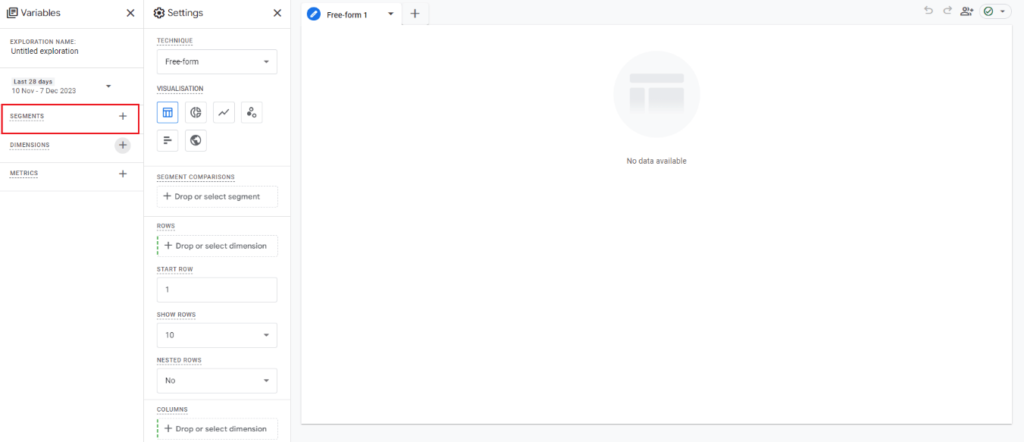
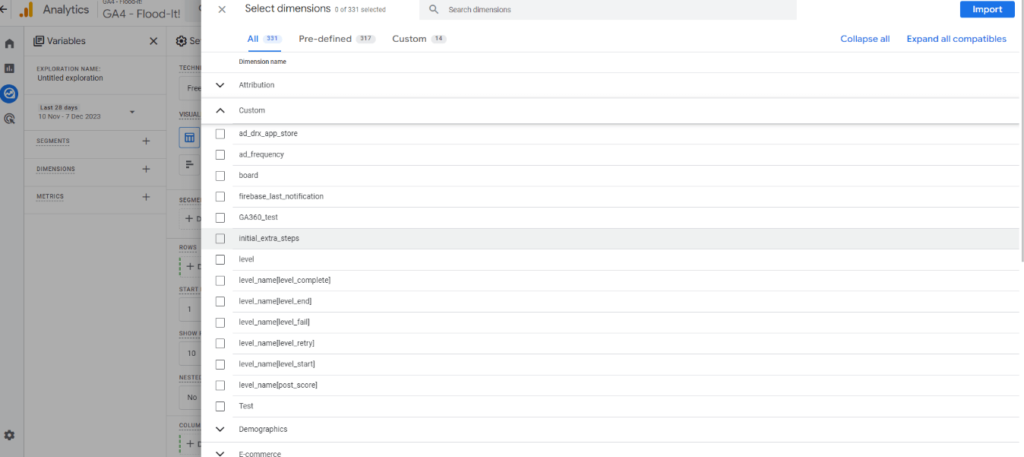
Data Segmentation: GA4 Custom Dimensions are particularly useful in segmenting data. This segmentation allows businesses to drill down into very specific user groups or behaviors.
Whether it’s analyzing the activity of a particular demographic or understanding the behavior of users at different stages of the customer journey, segmentation with custom dimensions offers a level of granularity that can greatly enhance strategic decision-making.

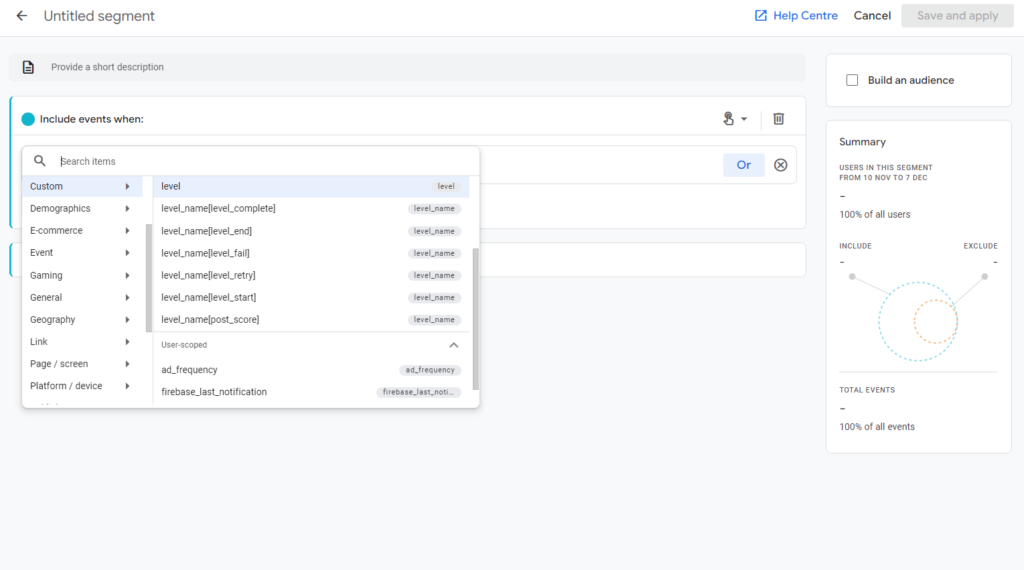
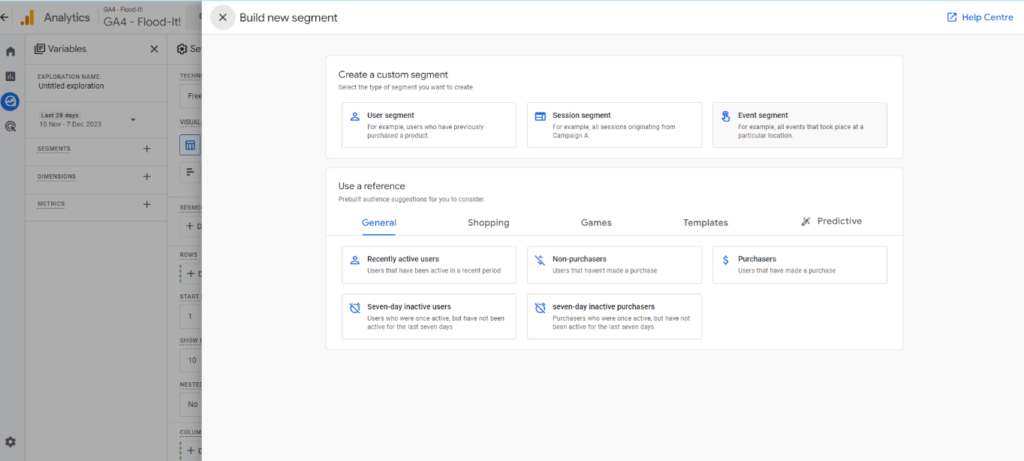
Advanced Analysis Techniques: The utilization of GA4 Custom Dimensions isn’t limited to basic reporting and segmentation. These dimensions can also be integrated into more advanced analysis techniques.
Leveraging tools like machine learning and predictive analytics, businesses can gain forward-looking insights, predict trends, and make more informed decisions. This advanced analysis can be a game-changer, offering a competitive edge by utilizing data in innovative ways.
Conclusion
In conclusion, GA4 Custom Dimensions represent a significant advancement in the realm of digital analytics, offering businesses unparalleled flexibility and depth in their data analysis.
From the initial setup and data collection to advanced analysis techniques, GA4 Custom Dimensions empower organizations to tailor their analytics to specific needs and objectives. Whether it’s understanding user behavior over time, analyzing interactions within a session, or gaining insights into e-commerce transactions. Embracing these capabilities will not only enhance your understanding of your audience but also drive your business forward in an ever-evolving digital landscape.